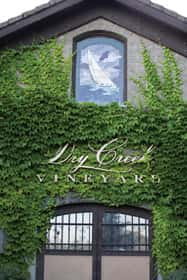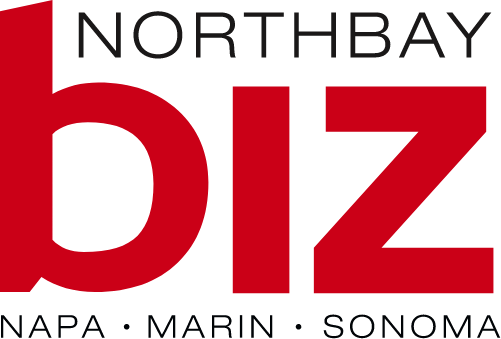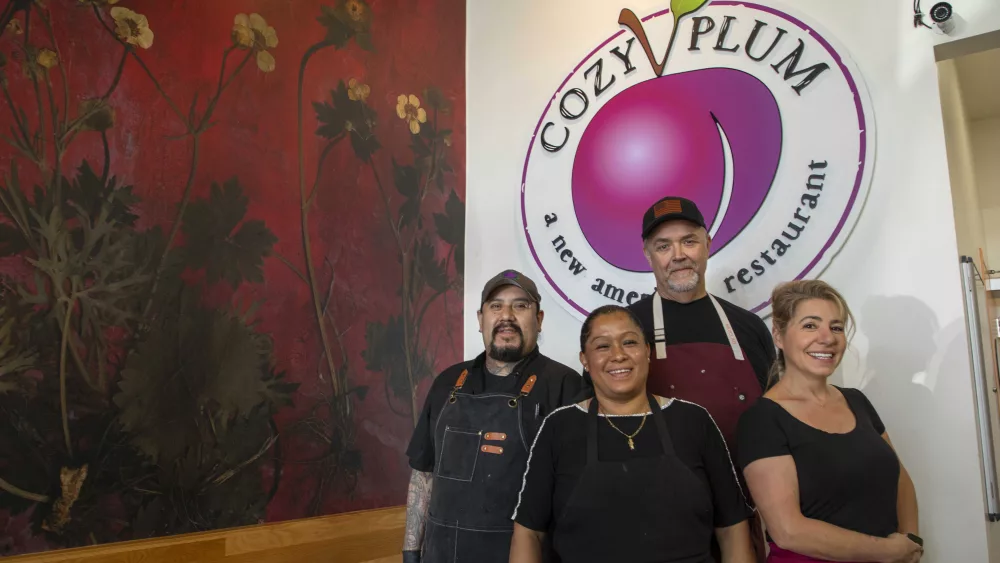 Dry Creek Vineyard
Dry Creek VineyardFounded in 1972 by David Stare, a Wisconsin native who grew up in Boston and was “bitten by the wine bug” during a 1968 trip to France’s Loire Valley, Dry Creek Vineyard was the first new winery in Dry Creek Valley after prohibition and the first to plant Sauvignon Blanc in the area—it’s now the most widely planted white grape variety in the AVA.
In 1970, when an article appeared in the New York Times about Robert Mondavi and the rebirth of California wine, Stare packed his family and moved west. He spent weekends looking at properties as he attended UC Davis as a grad student in viticulture and enology. When he found the run-down, 55-acre fruit orchard where the winery now stands, he knew it was the place he’d been looking for. The region was referred to as the “Dry Creek area” until Stare spearheaded the Dry Creek Valley AVA recommendation in 1983. He was also an early pioneer of sustainability and takes part in the heritage vines project, which puts old vine Zinfandel budwood on new rootstock.
If you’re familiar with Dry Creek Vineyard’s wines, you’ve certainly noticed the nautically themed labels. Stare grew up sailing in Boston, and the idea of tying his love for sailing with his love for wine was born out of a day on San Francisco Bay. Created by artist Michael Surles, the labels depict classic J-class yachts from 1929 to 1939. The first release to feature one was the 1983 David S. Stare reserve red.
Today, the certified sustainable winery and vineyard has 185 estate vineyards (all in Dry Creek and  Russian River valleys) and is second-generation family owned. Stare’s daughter, Kim Stare-Wallace, is president. While staying true to the family’s philosophy, especially when it comes to maintaining a singular identity as a brand, she’s helped reinvent the property during the past 10 years, including winemaking and barrel programs, vineyard management (including new vineyards) and reinvestment back into the business. The winery produces 100,000 cases of more than 30 different wines annually, only eight of which are distributed in all 50 states and more than 22 countries worldwide (the rest are very small production and direct-to-consumer exclusively). Yet even at this level of production, the winery stays true to its different vineyards’ specific characteristics by taking a micro-sized view of winemaking.
Russian River valleys) and is second-generation family owned. Stare’s daughter, Kim Stare-Wallace, is president. While staying true to the family’s philosophy, especially when it comes to maintaining a singular identity as a brand, she’s helped reinvent the property during the past 10 years, including winemaking and barrel programs, vineyard management (including new vineyards) and reinvestment back into the business. The winery produces 100,000 cases of more than 30 different wines annually, only eight of which are distributed in all 50 states and more than 22 countries worldwide (the rest are very small production and direct-to-consumer exclusively). Yet even at this level of production, the winery stays true to its different vineyards’ specific characteristics by taking a micro-sized view of winemaking.
This year is winemaker Tim Bell’s 24th harvest, and he’s been with the winery since 2011 (previous wineries include Freemark Abbey and Kunde Family Winery). “He’s very detail-oriented throughout the process,” says Bill Smart, director of marketing and communications. One visit to the winery and you’ll clearly understand Bell’s masterful take on showcasing terroir.
 “Our hospitality team is dedicated to providing truly memorable wine education experiences,” says Smart. “We’ve been named ‘Number One Thing to Do in Healdsburg’ by Trip Advisor for the past three years. If you look at the reviews, you’ll see people often came expecting one thing but were blown away by what they experienced.”
“Our hospitality team is dedicated to providing truly memorable wine education experiences,” says Smart. “We’ve been named ‘Number One Thing to Do in Healdsburg’ by Trip Advisor for the past three years. If you look at the reviews, you’ll see people often came expecting one thing but were blown away by what they experienced.”
A key visual showcasing the winery’s attention to detail is its new packaging, which has all the winemaking information right on the label—down to the smallest details. “We call it our ‘wine geek’ label,” says Smart. And the 2013 Old Vine Zinfandel (dark fruit, hint of smoke, pepper, spice) gets into even more detail by printing terroir information on the cork.
When NorthBay biz visited, we tasted through a variety of signature (widely distributed) and wine club/direct-to-consumer-only selections. We started with the 2014 Sauvignon Blanc (tropical elements, stone fruit, bright and clean finish); the 2013 Estate Block 10 Chardonnay (Russian River Valley; only 1,250 cases were made; 100 percent barrel fermented and has a wonderful, rounded balance of fruit, oak and acid); 2013 Old Vine Zinfandel (95-year-old vines; dark fruit nose, hint of smoke and pepper with a touch of spice; great character); 2012 Cabernet Sauvignon (a classic Bordeaux blend with 88 percent Cabernet Sauvignon; cherry, fine tannins; an easy, velvety ride); 2012 The Mariner (also a Bordeaux blend but with 56 percent Cabernet Sauvignon; this one’s dark and chewy with a meaty, spicy nose and firm tannins).
The two remaining tastes were a standout of the experience, because they were a wonderful lesson in terroir when it comes to vine age, location and soil. First up was the 2012 Beeson Ranch Zinfandel (dark chocolate nose, savory spicy, meaty, sassy yet elegant), a single-vineyard offering grown on West Dry Creek Road near Madrona Manor, farmed by Paul Bernier. “He’s a caretaker of old vines,” says Smart. The vineyard is head-pruned, dry-farmed and hand picked. “It’s kind of like a grape museum,” he adds. The 2012 Spencer’s Hill Vineyard has 20-year-old vines atop Lytton Springs. The result is dark, jammy fruit that’s rich, lush and has a hint of caramel. The two couldn’t be more different, yet each is delightful and full of character.
terroir when it comes to vine age, location and soil. First up was the 2012 Beeson Ranch Zinfandel (dark chocolate nose, savory spicy, meaty, sassy yet elegant), a single-vineyard offering grown on West Dry Creek Road near Madrona Manor, farmed by Paul Bernier. “He’s a caretaker of old vines,” says Smart. The vineyard is head-pruned, dry-farmed and hand picked. “It’s kind of like a grape museum,” he adds. The 2012 Spencer’s Hill Vineyard has 20-year-old vines atop Lytton Springs. The result is dark, jammy fruit that’s rich, lush and has a hint of caramel. The two couldn’t be more different, yet each is delightful and full of character.



